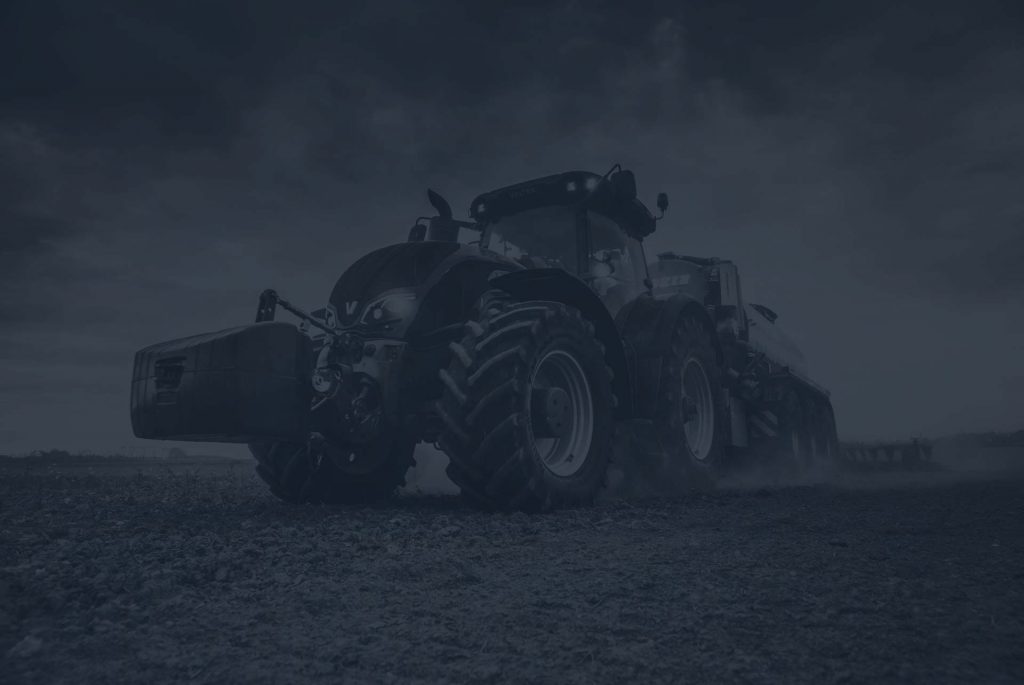Pacific Rock & Recycle
Composting, Screening and Recycling Specialists for over 20 years
We take great pride in our ability to assist our customers in selecting and sourcing the proper equipment for their needs.
Our customers are associated with many different fields of occupation including; compost and organics recycling, sand and gravel operations, rock producing quarries, remedial materials processing facilities, recycling and landfill operations, land clearing and site contractors, mining locations, bark and topsoil production, landscape contractors, golf courses, and agriculturalists.
Over the past 20+ years Pacific Rock and Recycle has developed great relationships with top tier equipment manufacturers like Neuenhauser, McCloskey International, PRONAR, EcoHog, Badger, Mazio, and Twister. Each manufacturer shares our commitment to after sales technical support, service, and parts availability.


Industry Sectors Served
Dairy Farms
Feed Lots
Feedlots -A feedlot or feedyard is a type of Confined Animal Feeding Operation (CAFO) (also known as "factory farming") which is used for finishing livestock, notably beef cattle, prior to slaughter. They may contain thousands of animals in an array of pens. The exponential expansion of cattle feeding in the United States during the last decade has created many challenges, among which are the handling and disposal of a by-product, feedlot waste. It can be categorized as solid or semi-solid waste and runoff water for most feedlots, or as a liquid suspension from confined feeding operations.
Compost
Farm-scale composting, also known as on-farm composting, is a practical way to handle organic wastes and produce a stablized organic soil amendment at the same time. Yet, it involves specialized techniques for handling and managing large volumes of animal manures, leaves, and food wastes, paying attention to environmental factors that produce a quality humus produce while avoiding flies and odors.
Cogen Power
Cogeneration is an energy-efficient, environmentally-friendly method of producing electricity (power), steam and/or hot water at the same time, in one process, with one fuel. Fuels used in cogeneration include natural gas, fuel oil, propane, bio-mass, bio-waste, and renewable energies such as wood, or wood waste. More and more companies are finding cogeneration the best way to provide power and thermal energy for their on-site energy requirements due to the numerous advantages and benefits.
Bio Solids
The application of biosolids on agricultural land is beneficial to farmers, municipalities, and the community. Farmers receive benefits from the nutrients and organic matter supplied by biosolids. Land application offers municipalities a safe, cost-effective and environmentally sound alternative to managing their residuals. The community benefits through savings in cost and energy realized by both the farmer and the municipality.
